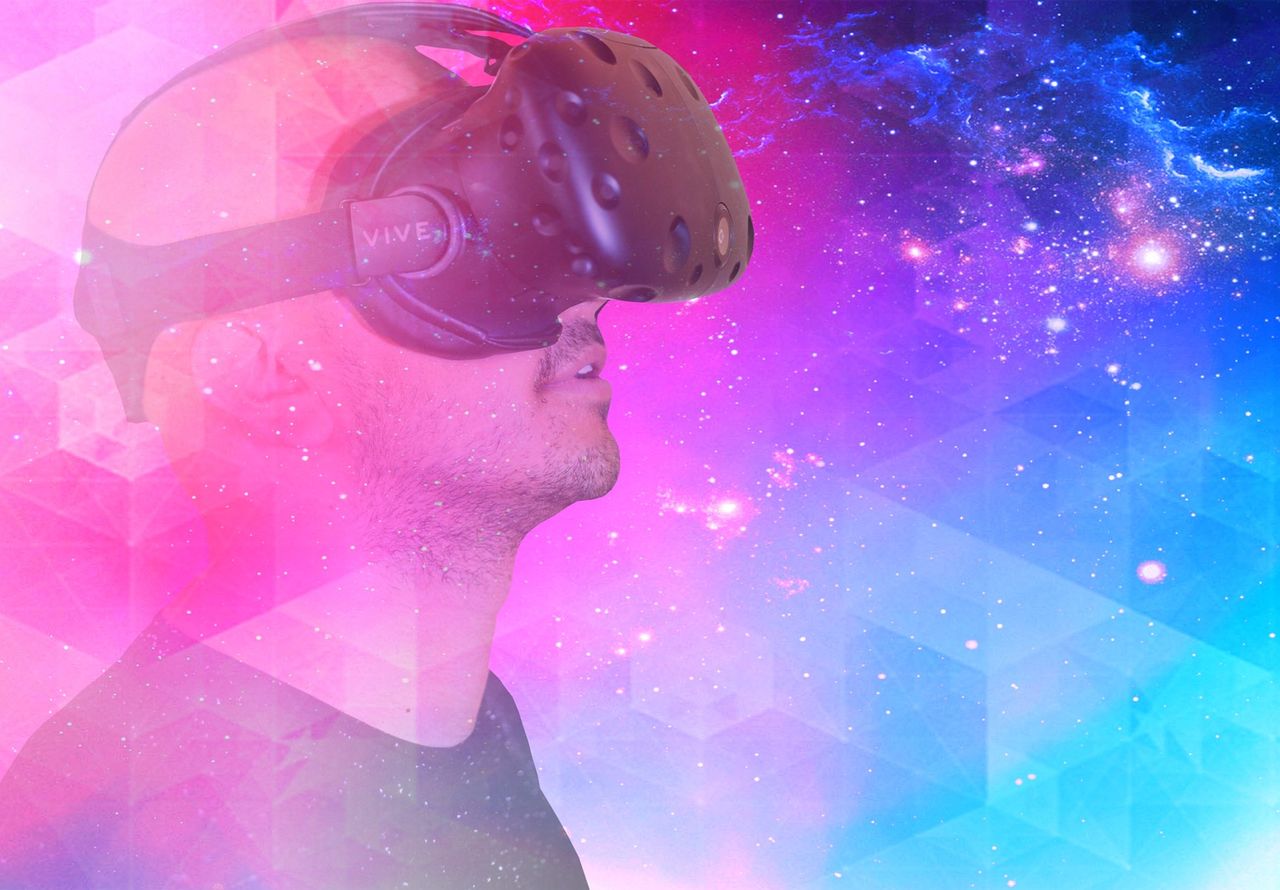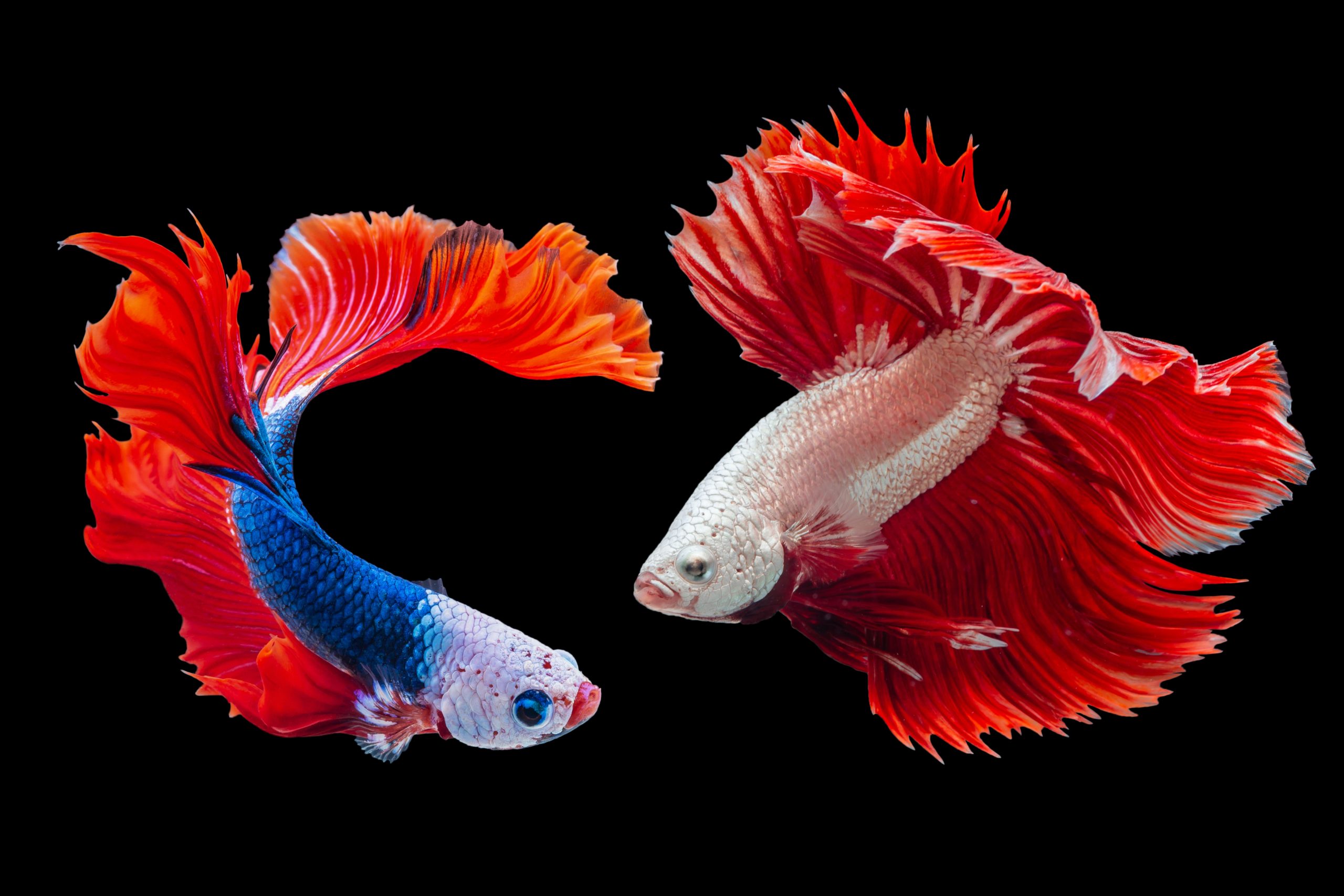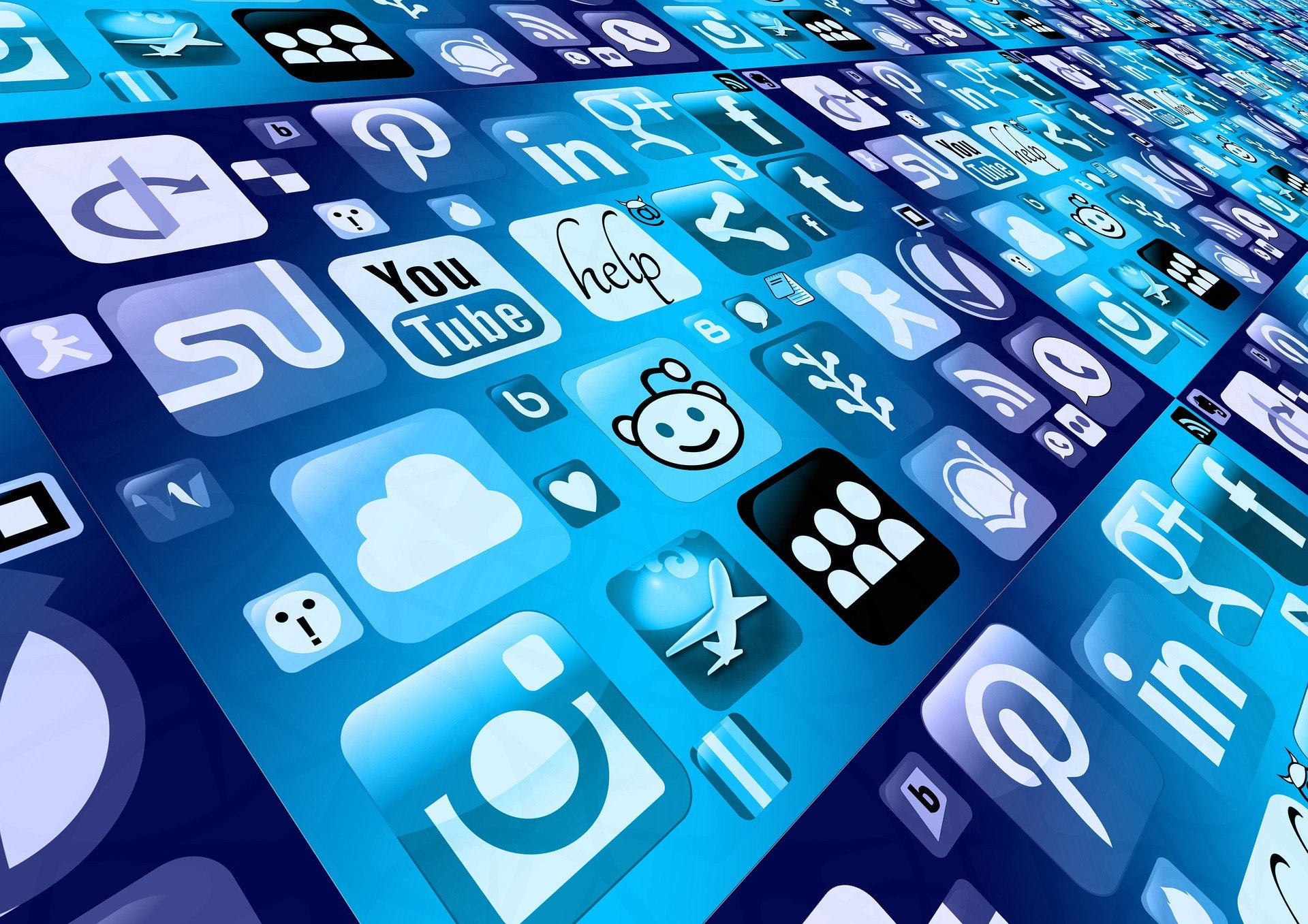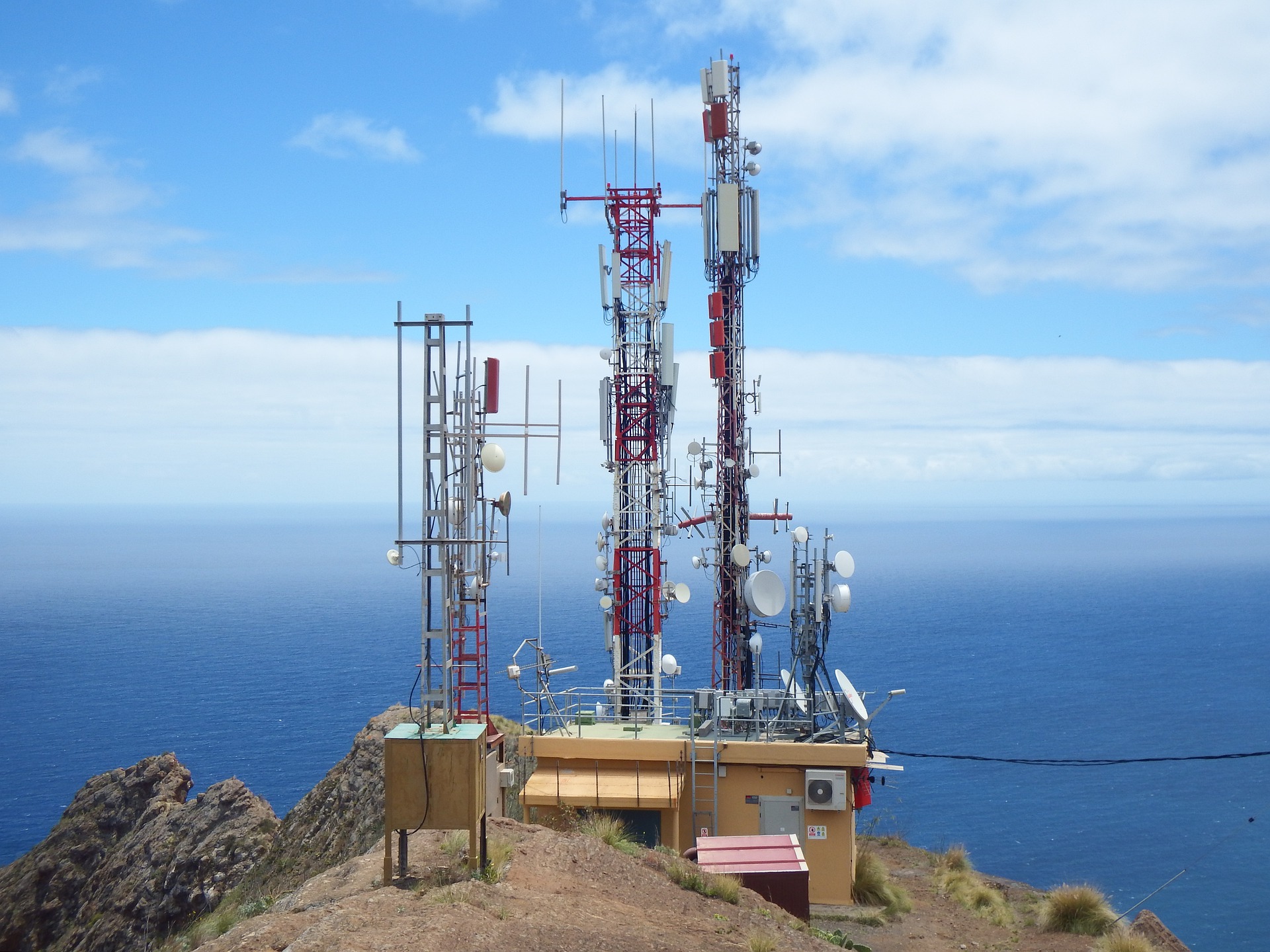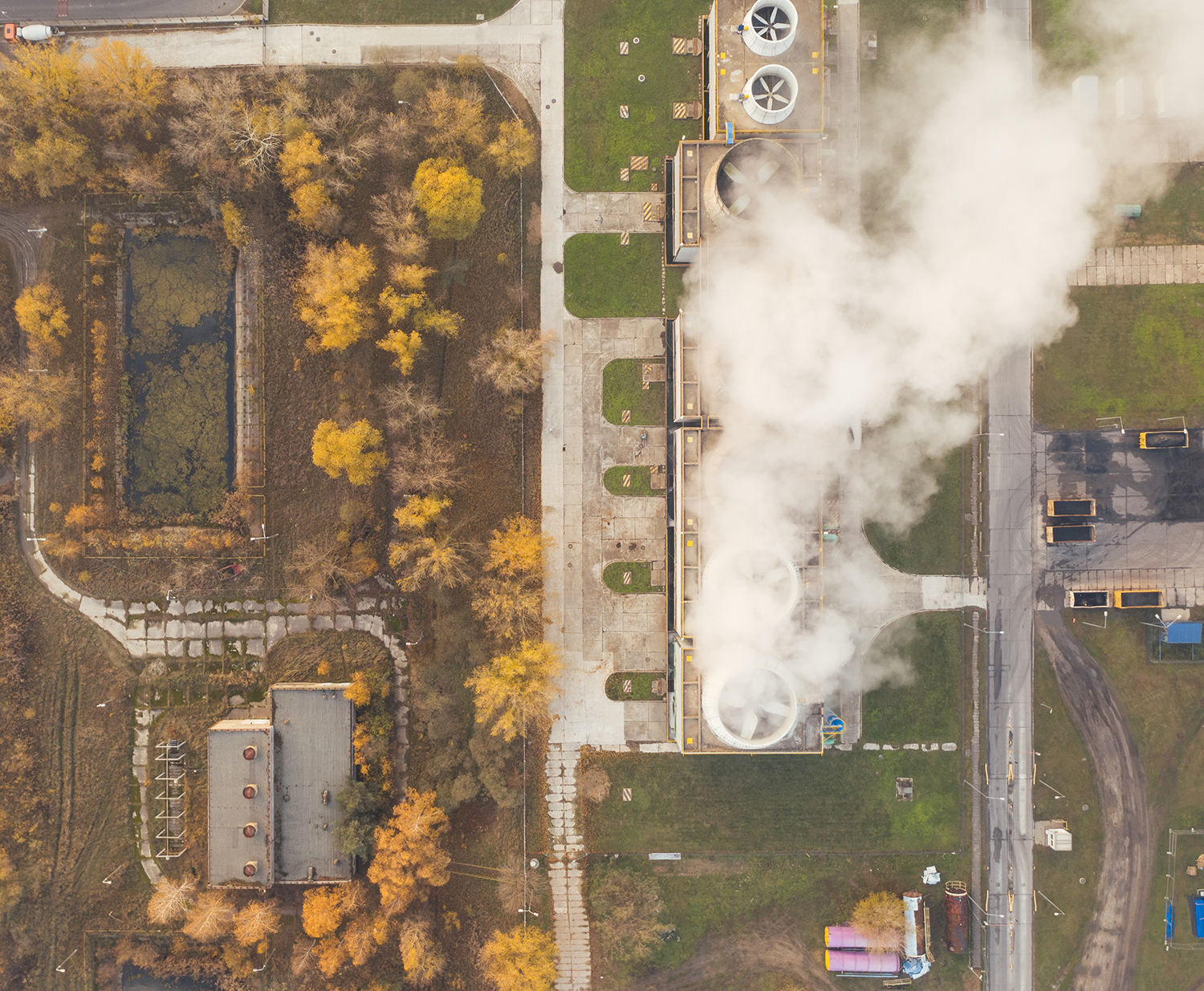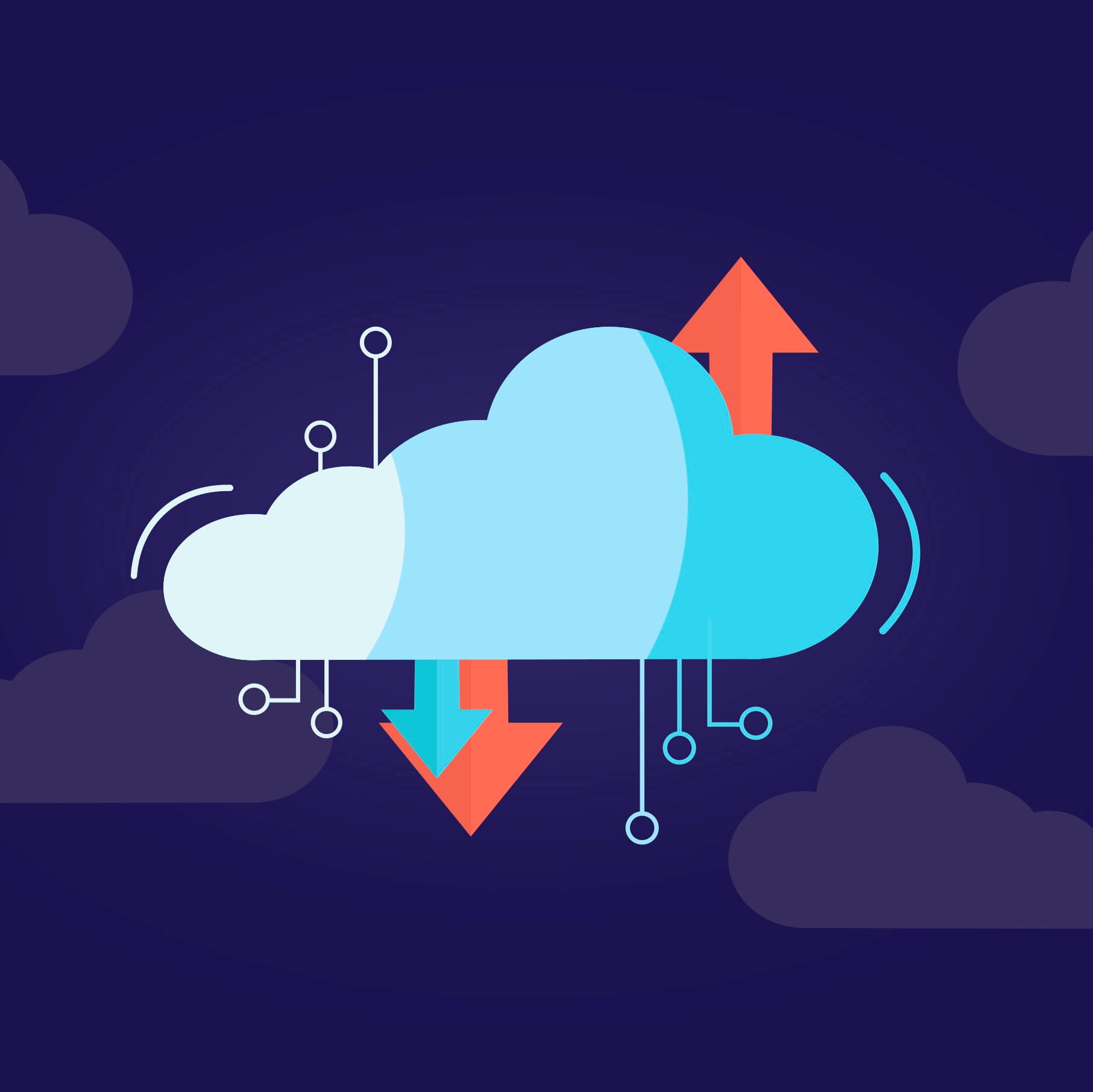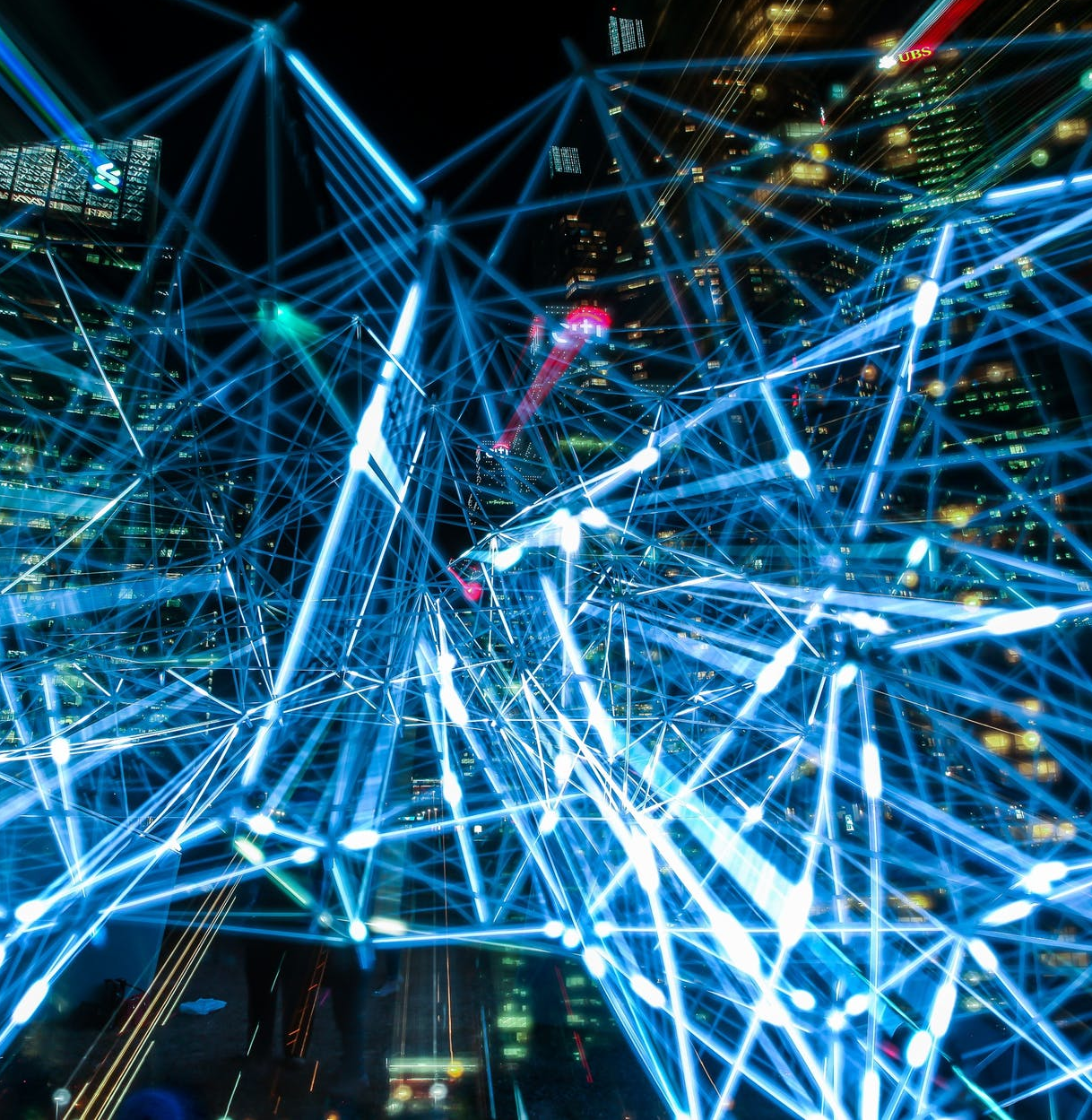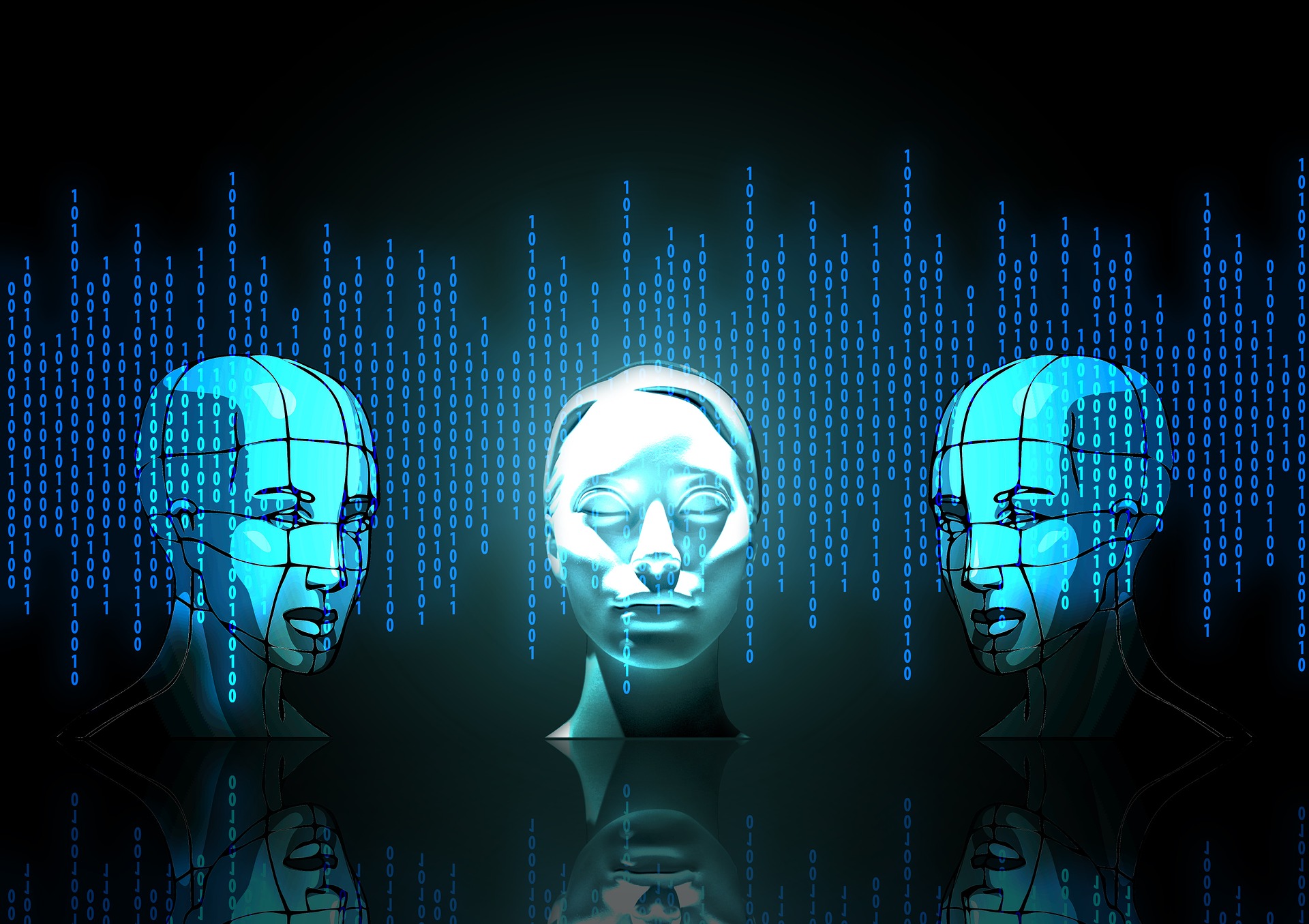What is the metaverse?
Although it is only in the prototype stage, the metaverse is already making quite a name for itself. This term, which comes straight out of a science fiction novel from the 1990s, now describes the concept of a connected virtual world, heralded as the future of the Internet. So what’s hiding on the other side of the metaverse? Guillaume Moreau, a Virtual Reality researcher at IMT Atlantique, explains.
How can we define the metaverse?
Guillaume Moreau: The metaverse offers an immersive and interactive experience in a virtual and connected world. Immersion is achieved through the use of technical devices, mainly Virtual Reality headsets, which allow you to feel present in an artificial world. This world can be imaginary, or a more or less faithful copy of reality, depending on whether we’re talking about an adventure video game or the reproduction of a museum, for example. The other key aspect is interaction. The user is a participant, so when they do something, the world around them immediately reacts.
The metaverse is not a revolution, but a democratization of Virtual Reality. Its novelty lies in the commitment of stakeholders like Meta, aka Facebook – a major investor in the concept – to turn experiences that were previously solitary or for small groups only into, massive, multi-user experiences – in other words, to simultaneously interconnect a large number of people in three-dimensional virtual worlds, and to monetize the whole concept. This raises questions of IT infrastructure, uses, ethics, and health.
What are its intended uses?
GM: Meta wants to move all internet services into the metaverse. This is not realistic, because there will be, for example, no point in buying a train ticket in a virtual world. On the other hand, I think there will be not one, but many metaverses, depending on different uses.
One potential use is video games, which are already massively multi-user, but also virtual tourism, concerts, sports events, and e-commerce. A professional use allowing face-to-face meetings is also being considered. What the metaverse will bring to these experiences remains an open question, and there are sure to be many failures out of thousands of attempts. I am sure that we will see the emergence of meaningful uses that we have not yet thought of.
In any case, the metaverse will raise challenges of interoperability, i.e. the possibility of moving seamlessly from one universe to another. This will require the establishment of standards that do not yet exist and that should, as is often the case, be enforced by the largest players on the market.
What technological advances have made the development of these metaverses possible today?
GM: There have been notable material advances in graphics cards that offer significant display capabilities, and Virtual Reality headsets have reached a resolution equivalent to the limits of human eyesight. Combining these two technologies results in a wonderful contradiction.
On the one hand, the headsets work on a compromise; they must offer the largest possible field of view whilst still remaining light, small and energy self-sufficient. On the other hand, graphics cards are heat sinks. Therefore, in order to ensure the battery life of the headsets, the calculations behind the metaverse display have to be done on remote server farms before the images can be transferred. That’s where the 5G networks come in, whose potential for new applications, like the metaverse, is yet to be explored.
Could the metaverse support the development of new technologies that would increase immersion and interactivity?
GM: One way to increase the action of the user is to set them in motion. There is an interesting research topic on the development of multidirectional treadmills. This is a much more complicated problem than it seems, and it only takes the horizontal plane into account – so no slopes, steps, etc.
Otherwise, immersion is mainly achieved through sensory integration, i.e. our ability to feel all our senses at the same time and to detect inconsistencies. Currently, immersion systems only stimulate sight and hearing, but another sense that would be of interest in the metaverse is touch.
However, there are a number of challenges associated with so-called ‘haptic’ devices. Firstly, complex computer calculations must be performed to detect a user’s actions to the nearest millisecond, so that they can be felt without the feedback seeming strange and delayed. Secondly, there are technological challenges. The fantasy of an exoskeleton that responds strongly, quickly, and safely in a virtual world will never work. Beyond a certain level of power, robots must be kept in cages for safety reasons. Furthermore, we currently only know how to do force feedback on one point of the body – not yet on the whole thing.
Does that mean it is not possible to stimulate senses other than sight and hearing?
GM: Ultra-realism is not inevitable; it is possible to cheat and trick the brain by using sensory substitution, i.e. by mixing a little haptics with visual effects. By modifying the visual stimulus, it is possible to make haptic stimuli appear more diverse than they actually are. There is a lot of research to be done on this subject. As far as the other senses are concerned, we don’t know how to do very much. This is not a major problem for a typical audience, but it calls into question the accessibility of virtual worlds for people with disabilities.
One of the questions raised by the metaverse is its health impact. What effects might it have on our health?
GM: We know already that the effects of screens on our health are not insignificant. In 2021, the French National Agency for Food, Environmental and Occupational Health & Safety (ANSES) published a report specifically targeting the health impact of Virtual Reality, which is a crucial part of the metaverse. The prevalence of visual disorders and the risk of Virtual Reality Sickness – a simulation sickness that affects many people – will therefore be sure consequences of exposure to the metaverse.
We also know that virtual worlds can be used to influence people’s behavior. Currently, this has a positive goal and is being used for therapeutic purposes, including the treatment of certain phobias. However, it would be utopian to think that the opposite is not possible. For ethical and logical reasons, we cannot conduct research aiming to demonstrate that the technology can be used to cause harm. It will therefore be the uses that dictate the potentially harmful psychological impact of the metaverse.
Will the metaverses be used to capture more user data?
GM: Yes, that much is obvious. The owners and operators of the metaverse will be able to retrieve information on the direction of your gaze in the headset, or on the distance you have traveled, for example. It is difficult to say how this data will be used at the moment. However, the metaverse is going to make its use more widespread. Currently, each website has data on us, but this information is not linked together. In the metaverse, all this data will be grouped together to form even richer user profiles. This is the other side of the coin, i.e. the exploitation and monetization side. Moreover, given that the business model of an application like Facebook is based on the sale of targeted advertising, the virtual environment that the company wants to develop will certainly feed into a new advertising revolution.
What is missing to make the metaverse a reality?
GM: Technically, all the ingredients are there except perhaps the equipment for individuals. A Virtual Reality headset costs between €300 and €600 – an investment that is not accessible to everyone. There is, however, a plateau in technical improvement that could lower prices. In any case, this is a crucial element in the viability of the metaverse, which, let us not forget, is supposed to be a massively multi-user experience.
Anaïs Culot

